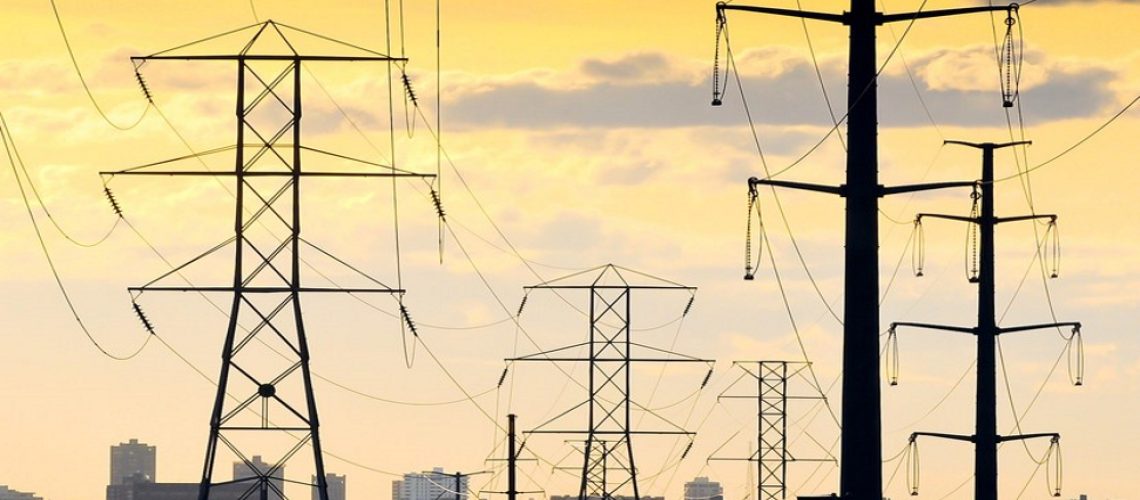The Public Utilities Commission said the new billing structure will include a reduction of electricity rates by 5 to 7 cents per kilowatt hour.
The California Public Utilities Commission (CPUC) has released a proposed decision that would place a $24.15 monthly fixed charge on customers of Pacific Gas & Electric, Southern California Edison, and San Diego Gas & Electric.
Along with the fixed charge, electricity rates for generation, called volumetric rates, will be reduced by about 5 to 7 cents per kilowatt hour. CPUC said the move was motivated in part to decouple energy use and grid maintenance costs.
“The current electric rate structure penalizes households that have less control over their electricity use, such as those that live in a hotter region or have more residents under one roof,” said CPUC. “Without a flat rate, these households would continue to pay more than their fair share of costs that do not vary by usage, such as costs for utility customer service, energy efficiency programs, and activities related to providing basic service.”
The fixed monthly charge varies based on customer income levels, with the lowest income bracket being offered about a 75% discount. Average charges were recommended at $23.25, $24.52 and $25.62 for PG&E, SCE and SDG&E respectively.
While the volumetric rates have been lowered in this proposal by five to seven cents, this discount is essentially washed out by recent rate increases. PG&E approved a 13% rate hike, in 2024, while the proposed decision is expected to reduce rates by roughly 19%.
Peak demand electricity rates in PG&E currently exceed $0.62 per kWh. A solar and storage industry contact shared that these rates are expected to continue to skyrocket. “We have been told every utility has a target to be over $1.00 in the near future for peak, summer rates,” the contact told pv magazine USA.
California has an electricity affordability crisis on its hands. Utility filings show that over 20% of customers of the three large utilities are over a month late on their bills, and that number rises to 33% in low-income brackets.
(Read: “California electricity pricing exploded in the last three years, far outpacing inflation”)
While the current charge is far lower than the $128 charge initially proposed by utilities, it remains about double the national average for fixed utility charges.
What’s more, opponents of the proposed decision warn that the main danger of the proposal is that the fixed charge is uncapped, leaving the door open for utilities to affix ever-increasing fees to residents in their territory.
“What is $24 today will turn into $80 tomorrow,” warned the Coalition for Environmental Equity and Economics. “Our coalition of 240+ environmental justice, climate, renter, housing, and community groups stand firm in opposing this proposal.”
The coalition recommended that CPUC pass Assemblymember Irwin’s AB 1999 to place caps on fixed fees for low-income Californians.
As for rooftop solar customers in the state, a higher fixed fee and lower volumetric rate generally translates to less possible savings on monthly costs. However, a CPUC spokesperson told pv magazine USA that the Commission sees solar economics will remain “virtually unchanged” by the proposed decision.
“Our analysis shows that solar economics will remain virtually unchanged and will likely be even stronger than today with payback periods remaining under 5 years for existing customers. We anticipate rates will continue to send appropriate price signals to customers through time-of-use rates,” said the spokesperson.






